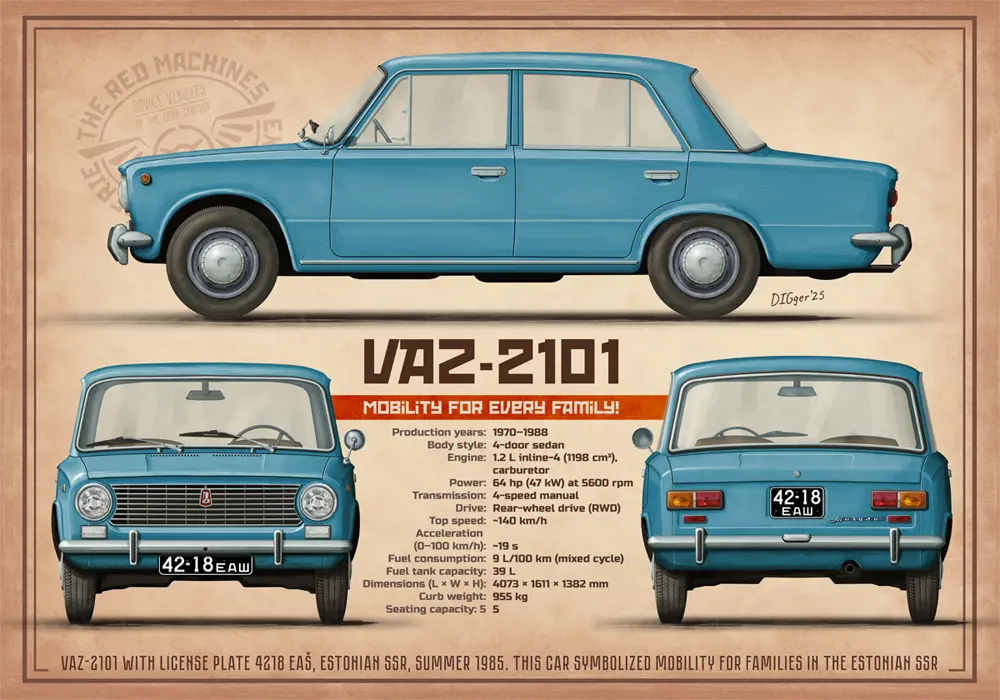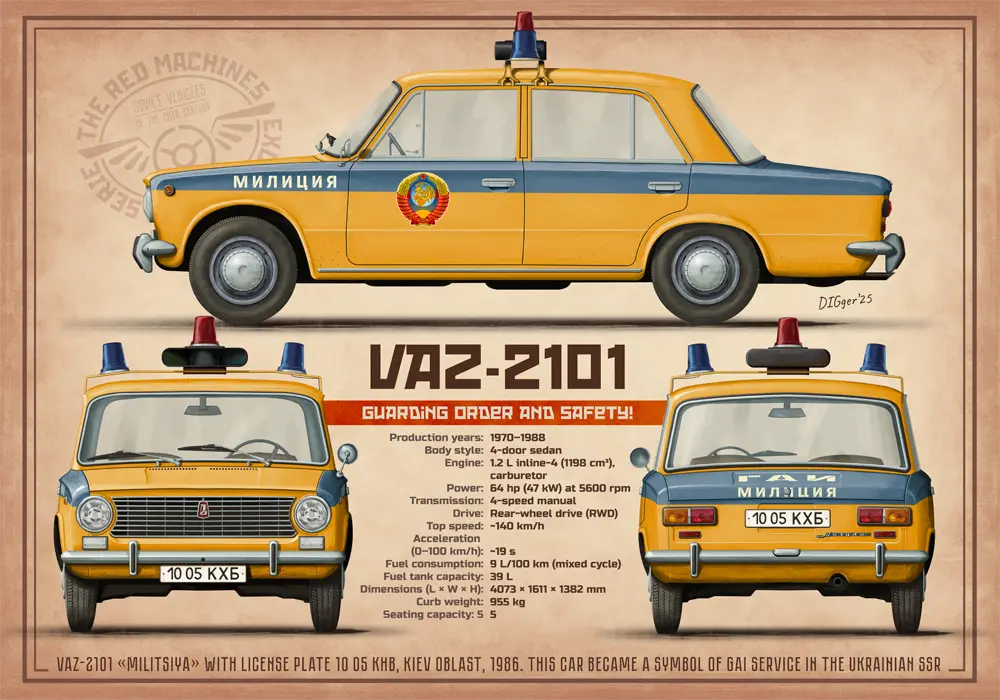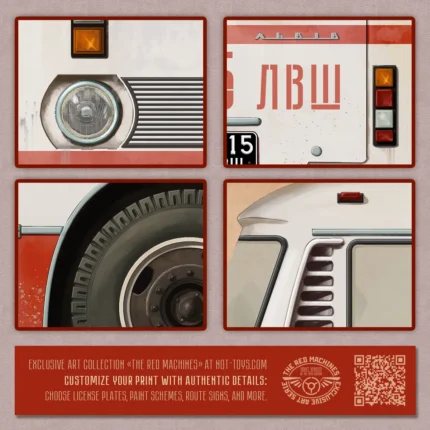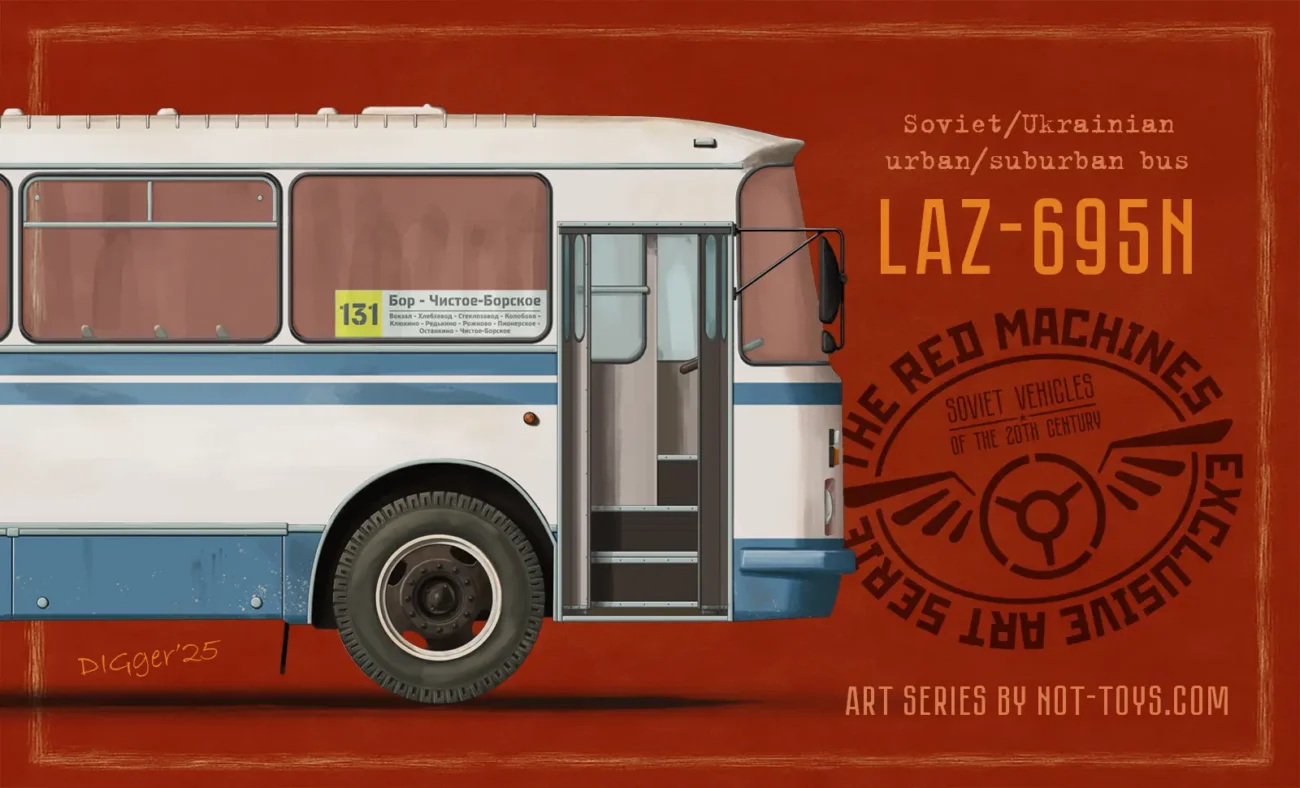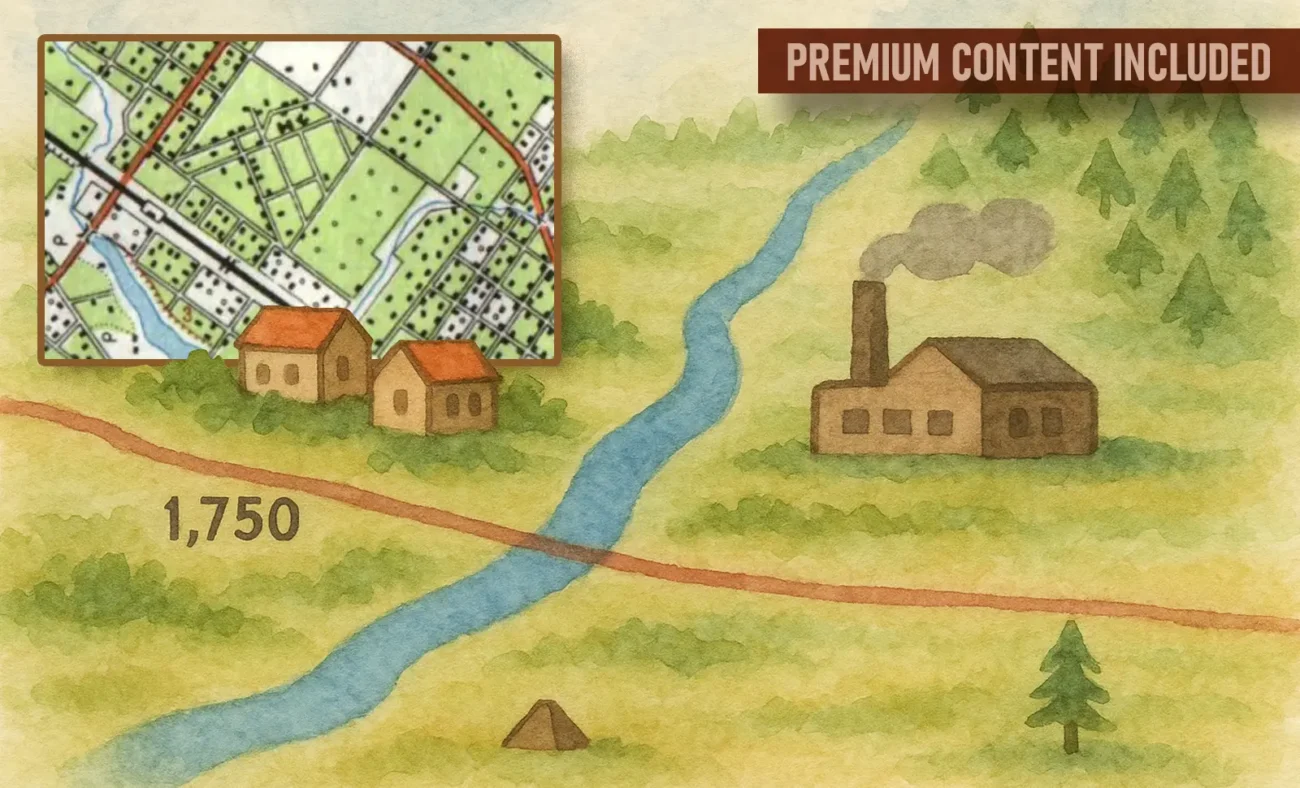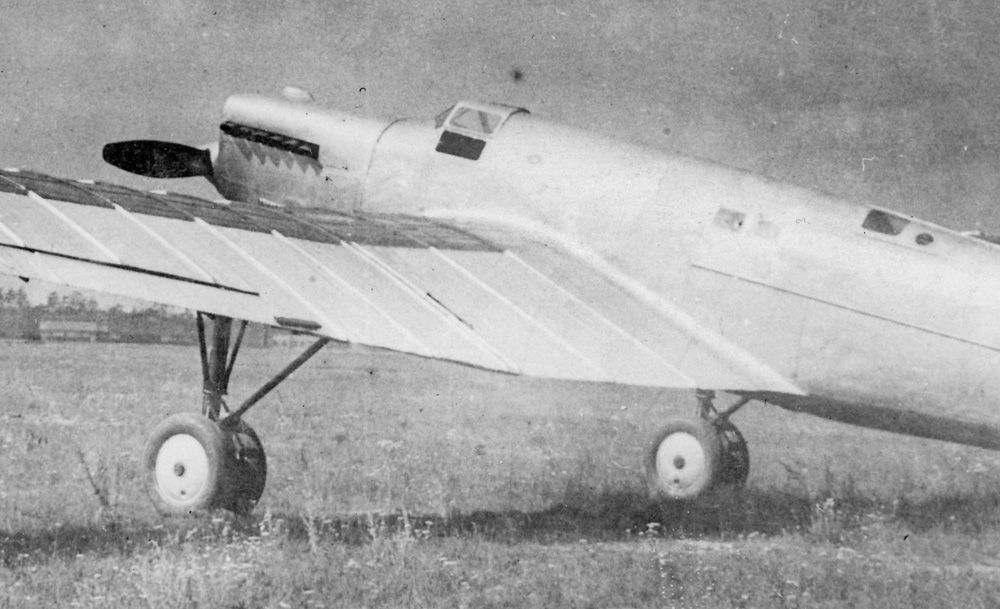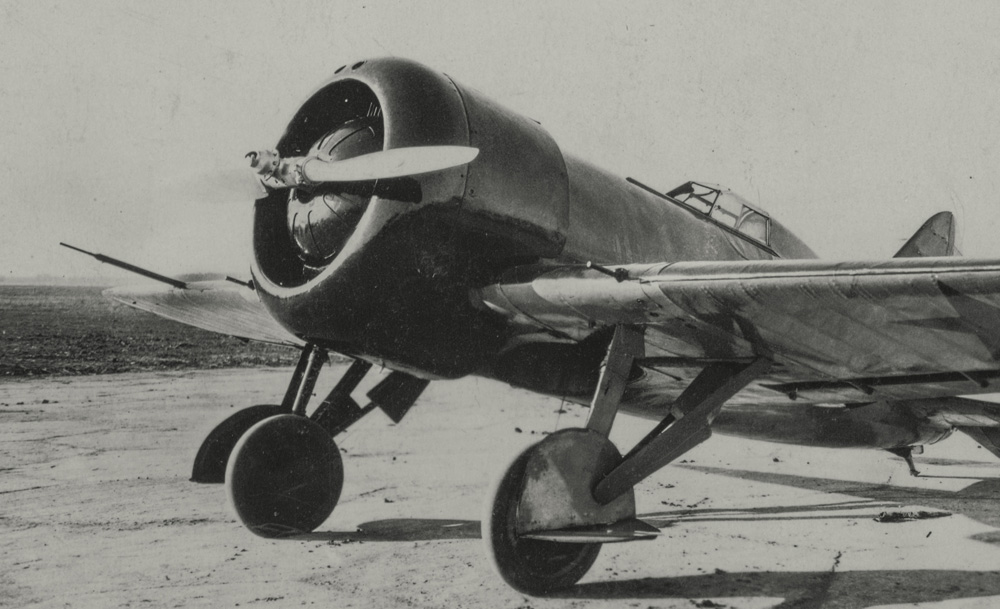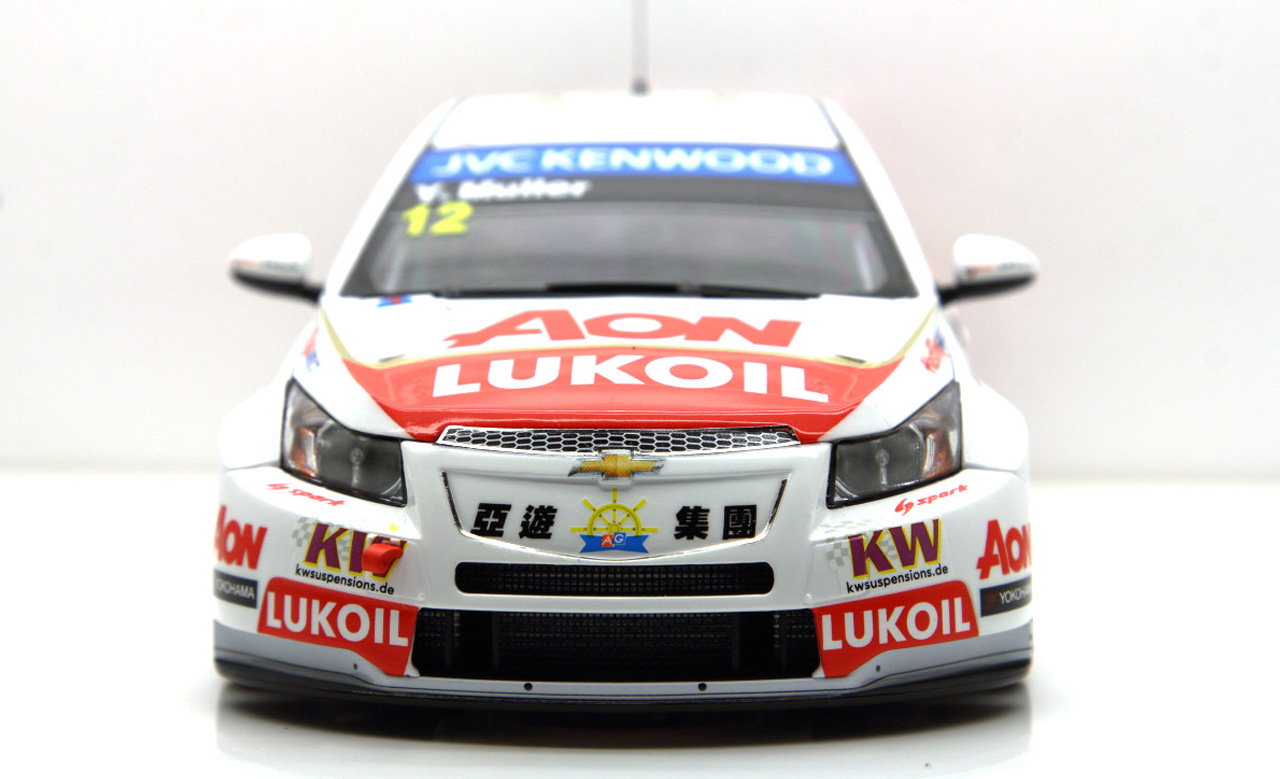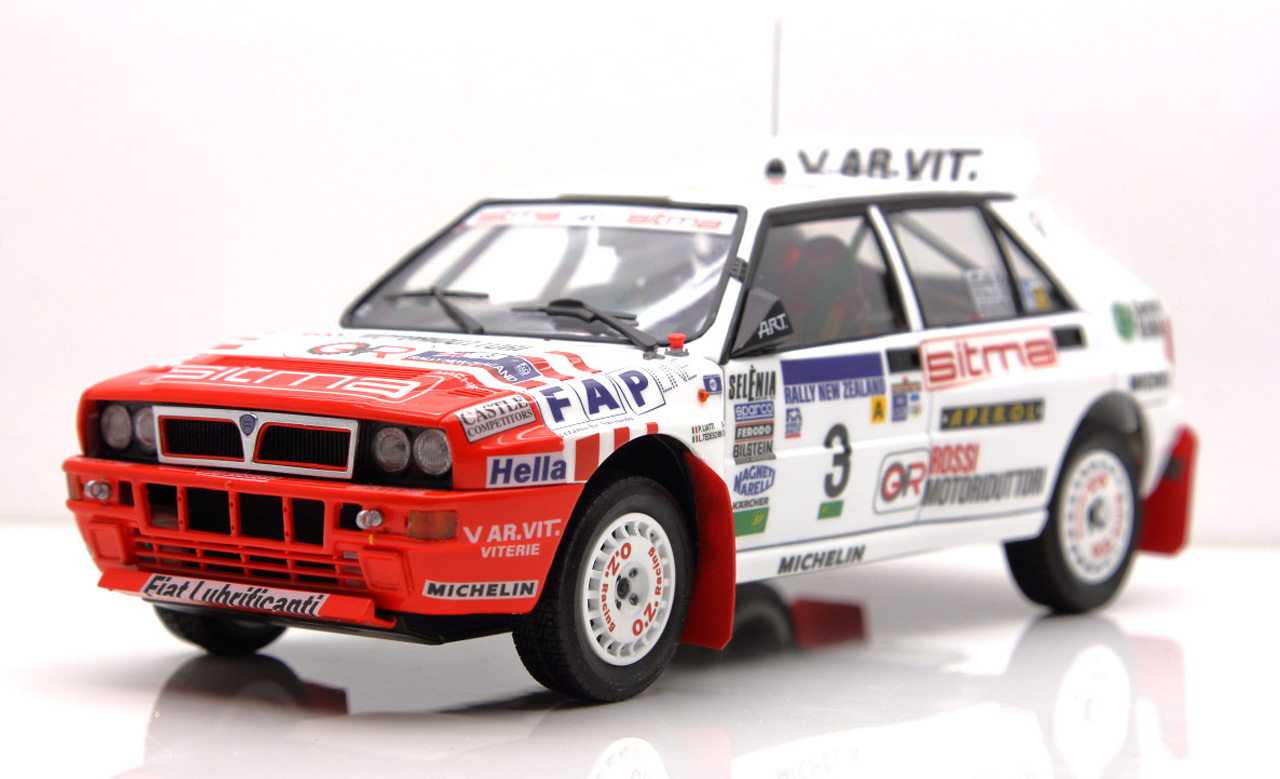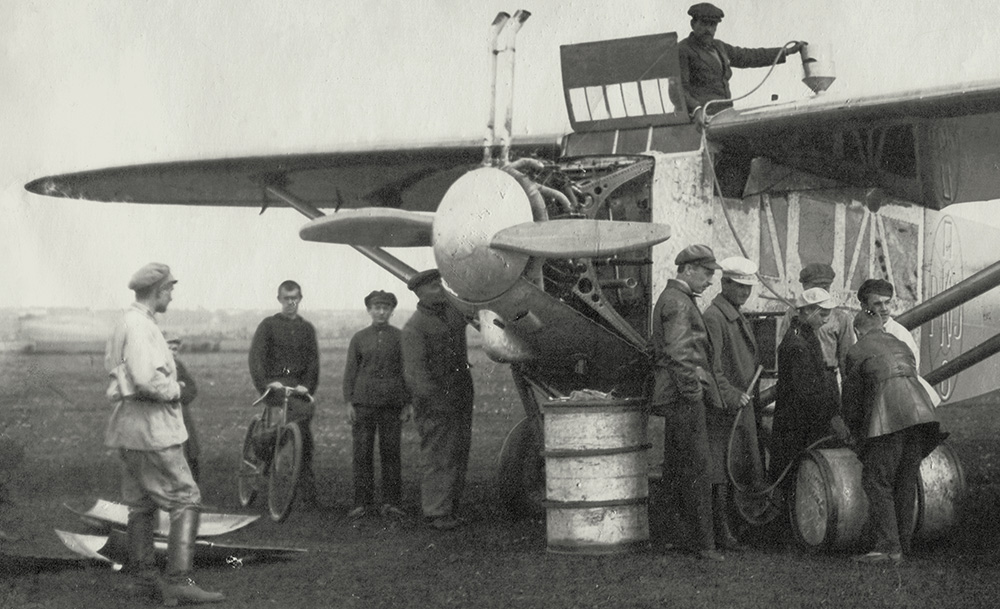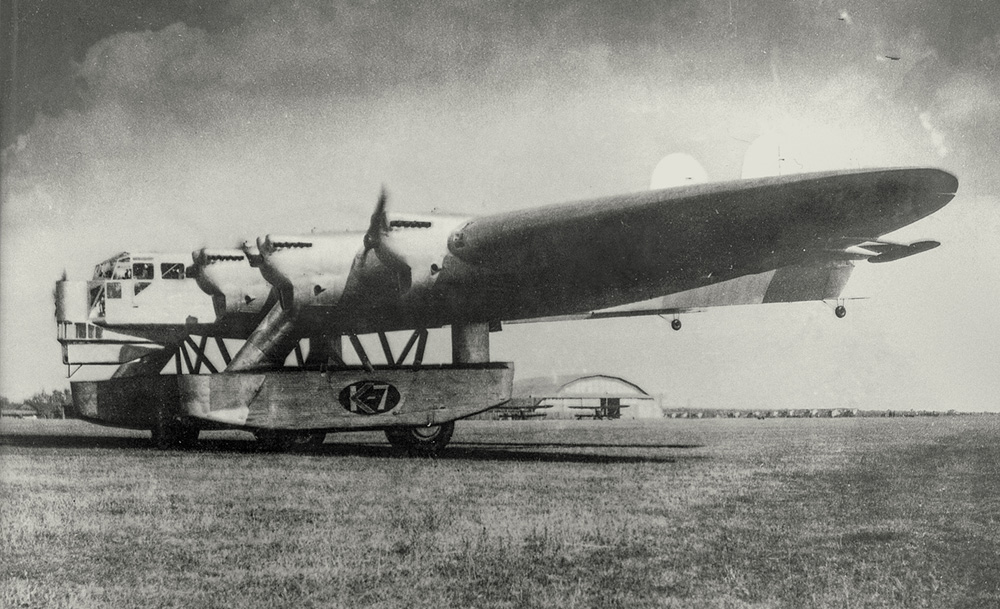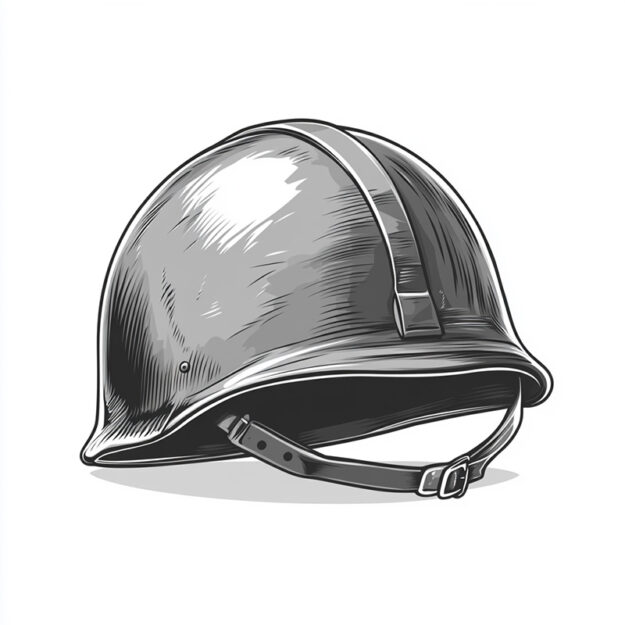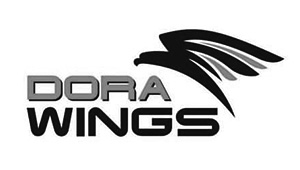We are excited to continue our premium series “The Red Machines”, dedicated to the most iconic vehicles of the Soviet era.
Today’s feature takes us to one of the most legendary cars ever produced in the USSR — the VAZ-2101. Known as the “Kopeyka,” this model not only revolutionized Soviet roads but also became a cultural symbol for generations.
From family life to police patrols, the VAZ-2101 was more than just a car — it was a true companion of its time.
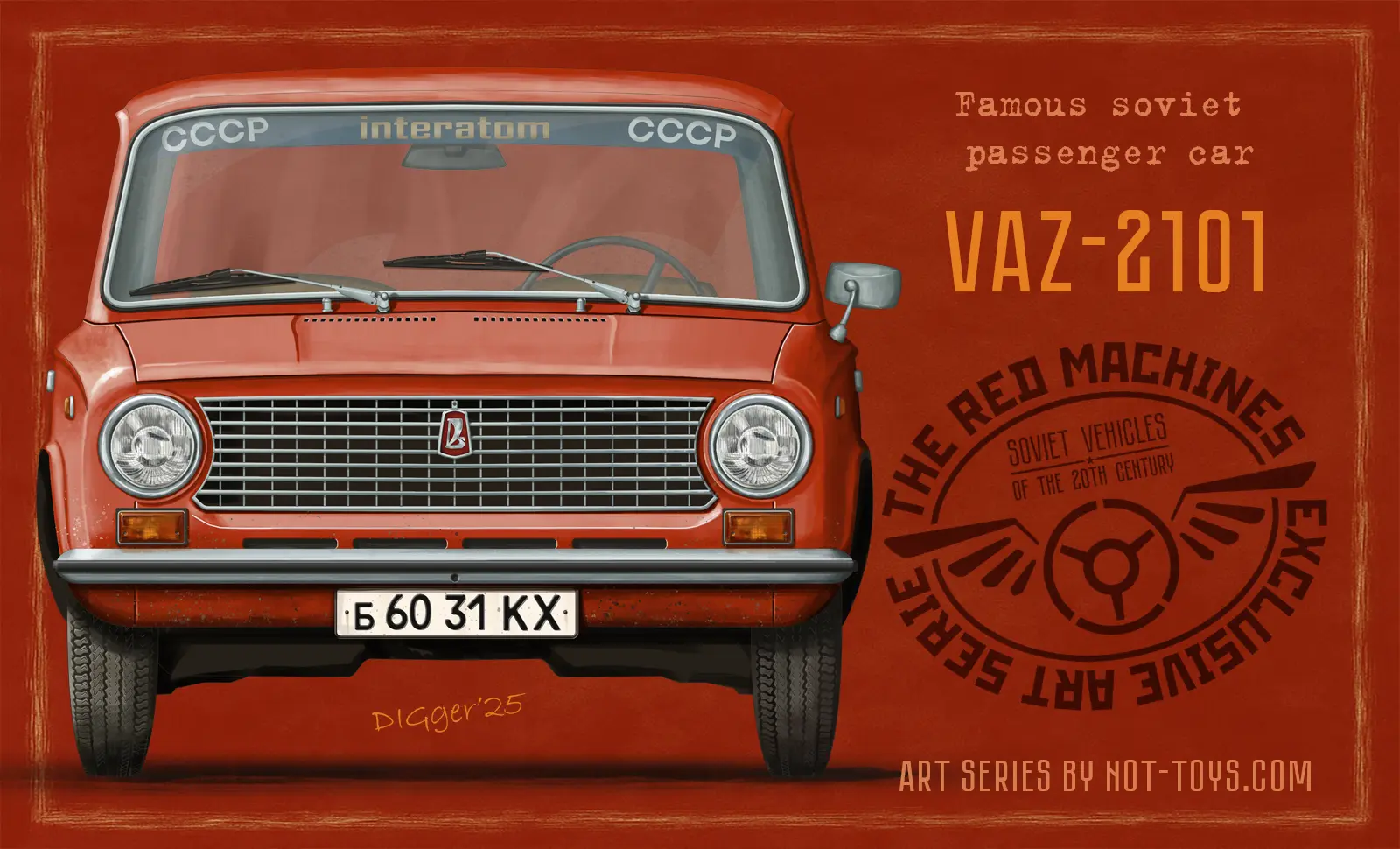
Birth of the VAZ-2101
The VAZ-2101, often called “Kopeyka,” became a true symbol of Soviet automobile history. Production began in 1970 at the Volga Automobile Plant in Tolyatti. The car was based on the Italian Fiat 124, but it was heavily modified for Soviet roads. Engineers reinforced the body, adjusted the suspension, and changed the braking system. More than 800 improvements were made before mass production.
The result was a modern family car by the standards of the 1970s. With a rear-wheel drive, a roomy interior, and strong construction, the VAZ-2101 became one of the most desired vehicles in the USSR.
Technical Features of the VAZ-2101
The base model was powered by a 1.2-liter engine producing 64 hp. Top speed reached about 140 km/h, with fuel consumption around 9 liters per 100 km. A four-speed manual gearbox, simple mechanics, and high repairability made the car suitable for millions of Soviet drivers.
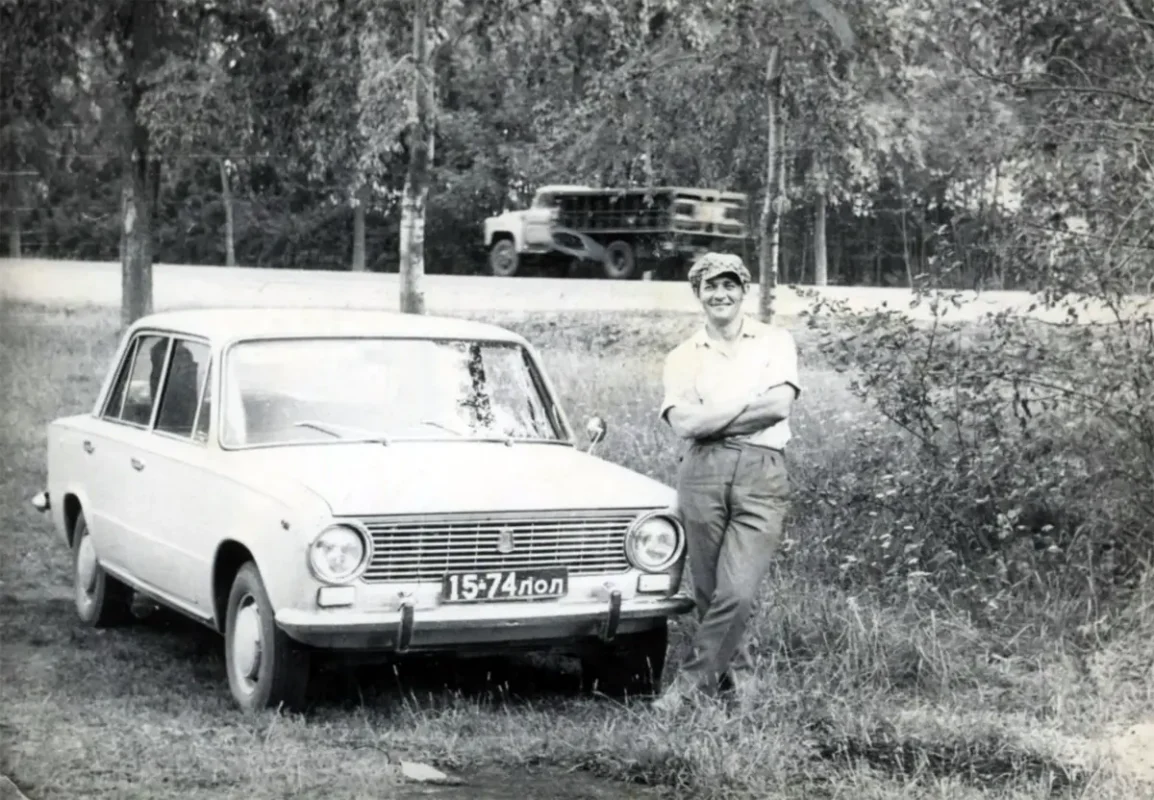
VAZ-2101 with license plate 15-74 LOL in Leningrad Oblast.
The Arrival of the VAZ-21011
In 1974, the VAZ-21011 was introduced as an upgraded version of the classic sedan. It featured a 1.3-liter engine with 69 hp and several cosmetic updates. Key differences included a new grille, smooth bumpers without overriders, a rear ventilation grille, and improved seats. This made the car more powerful, comfortable, and modern.
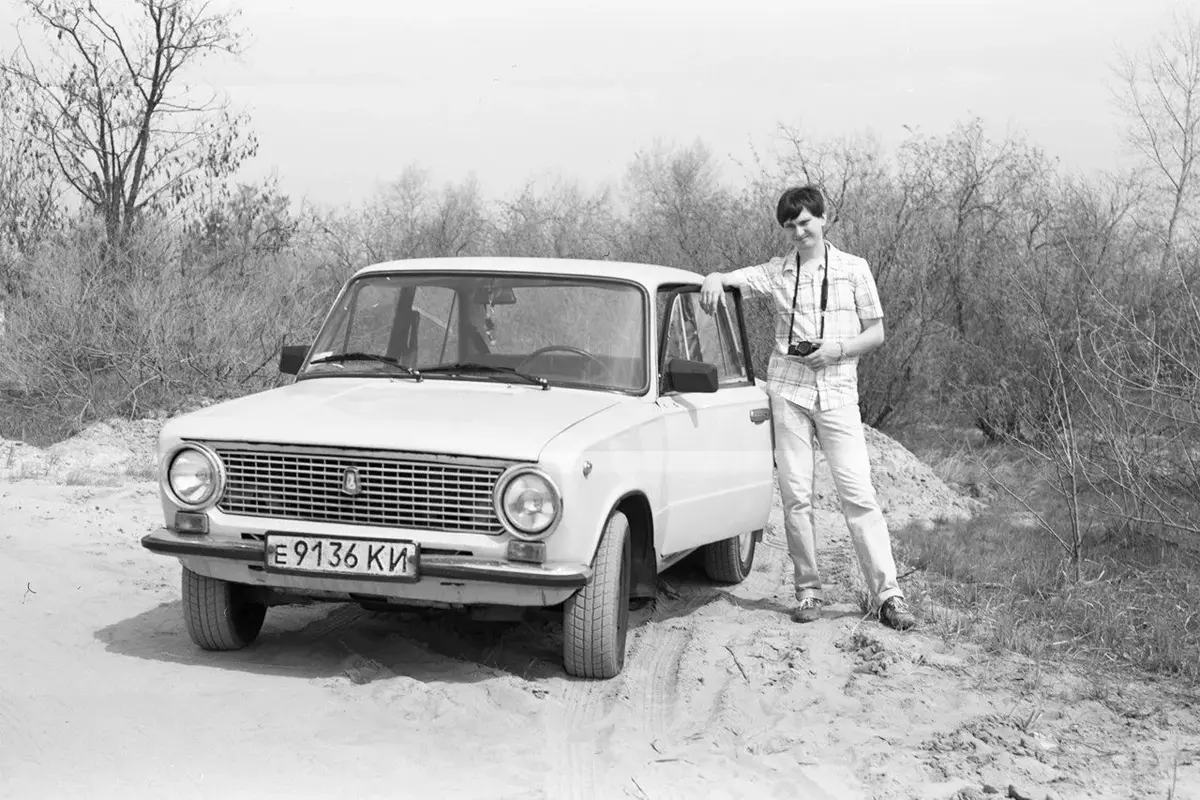
VAZ-21011 with license plate E 9136 KI. Kiev Oblast, Ukrainian SSR.
Police Versions of VAZ-2101 and VAZ-21011
A special place in history belongs to the police and GAI versions of these cars. Painted in yellow with a blue stripe and equipped with sirens, the VAZ-2101 quickly became a symbol of Soviet road control. Later, the VAZ-21011 also joined the service, offering better performance for patrol duty. These cars could be seen on the streets of Moscow, Kiev, Tallinn, and other major cities.
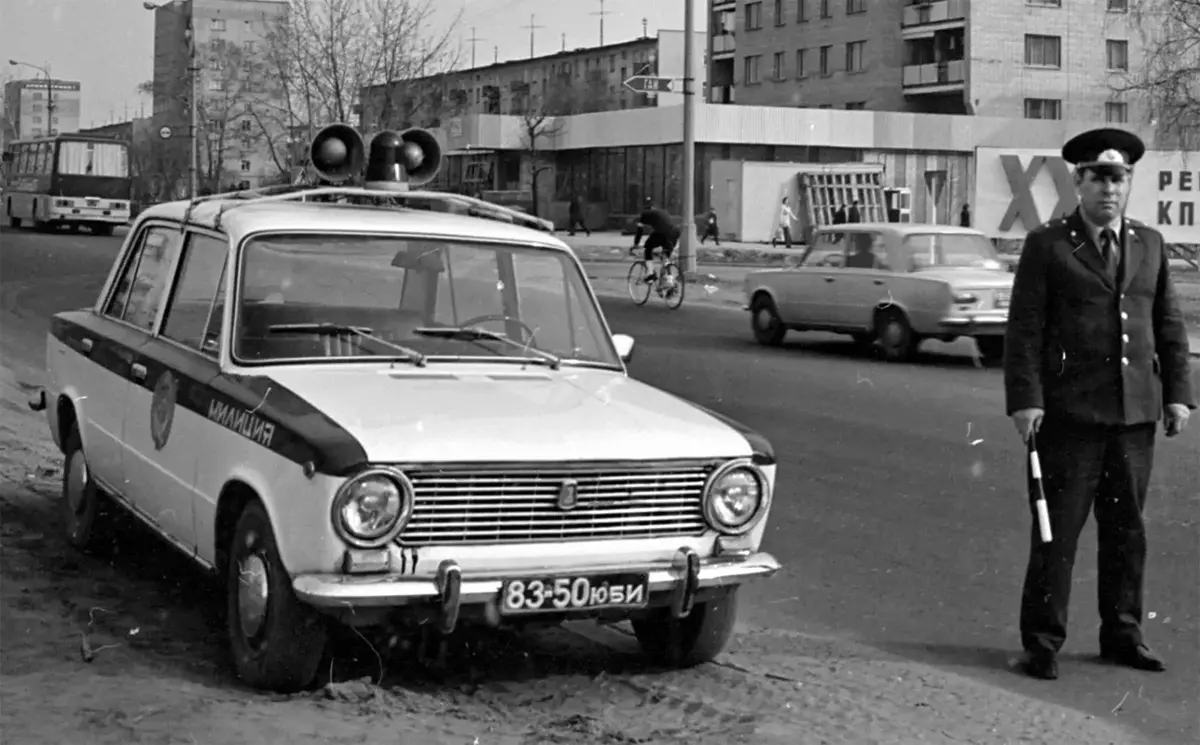
VAZ-2101 with license plate 83-50 YBI. State Automobile Inspectorate (GAI) vehicle of the USSR. Moscow Oblast.
Importance for Soviet Drivers
Both models gave Soviet families new opportunities. While still considered a luxury, they represented a dream of mobility. The VAZ-2101 and VAZ-21011 were used by citizens, taxis, police, and even medical services. Their simple design allowed use across diverse climates, from Baltic winters to Central Asian heat.
Cultural Legacy
Today, the VAZ-2101 and VAZ-21011 are regarded as icons of Soviet automotive culture. Restored cars often appear at exhibitions and in private collections. For many enthusiasts, the VAZ-2101 remains more than a vehicle — it is a cultural monument of its era.
Advantages:
- Simple and reliable construction.
- High repairability — most issues could be fixed by the owner.
- Wide availability of spare parts (especially in the USSR and post-Soviet countries).
- Decent road clearance and rear-wheel drive for better adaptability.
- Spacious interior by the standards of the 1970s.
- A status symbol and the dream of many Soviet families.
Disadvantages:
- Weak performance: slow acceleration and low engine power.
- High fuel consumption by modern standards.
- Prone to body corrosion.
- Low comfort level: noisy cabin and basic interior.
- Lack of modern safety systems.
- Difficult to purchase in the USSR due to long waiting lists.
Technical Specifications:
- Production years: 1970–1988
- Body style: 4-door sedan
- Engine: 1.2 L inline-4 (1198 cm³), carburetor
- Power: 64 hp (47 kW) at 5600 rpm
- Torque: 87 Nm at 3400 rpm
- Transmission: 4-speed manual
- Drive: Rear-wheel drive (RWD)
- Top speed: ~140 km/h
- Acceleration (0–100 km/h): ~19 s
- Fuel consumption: 9 L/100 km (mixed cycle)
- Fuel tank capacity: 39 L
- Dimensions (L × W × H): 4073 × 1611 × 1382 mm
- Wheelbase: 2424 mm
- Curb weight: 955 kg
- Seating capacity: 5
Text and illustrations by Deniss Ignatjev — created exclusively for not-TOYS.com.
The use of materials from this publication without the author’s permission is strictly prohibited!

